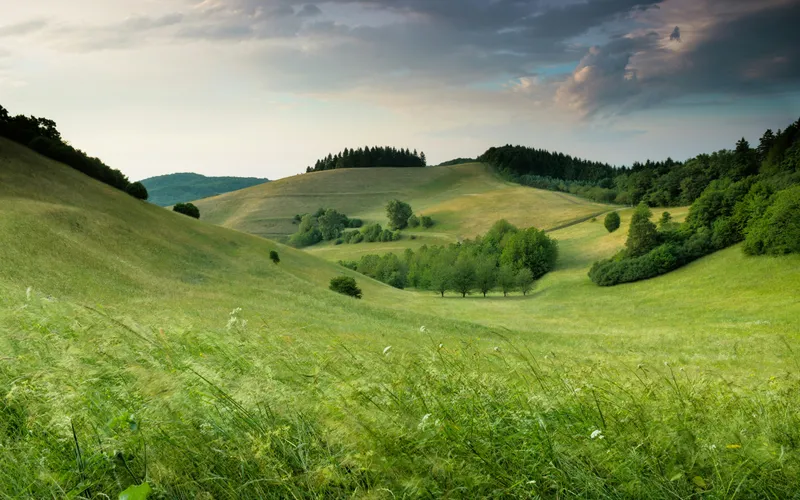All About Frogs
Introduction
Frogs are amphibians that belong to the order Anura. They are known for their jumping abilities, croaking sounds, and smooth, often moist skin.
Habitat
Frogs can be found on every continent except Antarctica. They thrive in a variety of environments, including:
- Wetlands
- Forests
- Grasslands
- Deserts
Life Cycle
Frogs undergo a fascinating life cycle that includes several stages:
- Eggs: Female frogs lay eggs in water.
- Tadpoles: Eggs hatch into tadpoles, which are aquatic and breathe through gills.
- Metamorphosis: Tadpoles grow legs, absorb their tails, and develop lungs.
- Adult Frogs: Fully developed frogs leave water to live on land.
Diet
Frogs are primarily carnivorous and their diet mainly consists of:
- Insects
- Small invertebrates
- Worms
- Some larger frogs may eat small mammals or birds.
Importance in Ecosystem
Frogs play a crucial role in the ecosystem as:
- Pest Control: They help keep insect populations in check.
- Food Source: Frogs are prey for many animals, including birds, snakes, and mammals.
- Environmental Indicators: Their presence indicates a healthy environment.
Conservation
Many frog species are currently facing threats due to habitat loss, pollution, climate change, and diseases. Conservation efforts are essential to protect these unique creatures.
Conclusion
Frogs are extraordinary animals with a critical role in our ecosystem. Learning about and protecting them is vital for maintaining biodiversity.
| Name | Format | ||
|---|---|---|---|
| Files | |||
| No data | |||











